Israel-Iran tensions threaten regional stability, global economic recovery
The recent escalation between Israel and Iran has had significant consequences for the economies of both countries, as well as for the broader region and even the world.
Wars or conflicts of this nature rarely remain limited to military impacts; they tend to produce ripple effects that spread through trade, financial markets, oil prices, inflation, and investor confidence.
In the case of Israel and Iran, the effects are being felt strongly because of the strategic roles both countries play in the Middle East and the interconnected nature of today’s global economy.
The most immediate impact has been on oil prices. Iran is a major oil producer, and any instability involving it sends shockwaves through global oil markets. Fears of disrupted oil supplies from Iran or attacks on oil tankers passing through the Strait of Hormuz led to sharp increases in oil prices soon after the conflict escalated.
This is a major route for around one-fifth of global oil supplies, so even the rumour of Iranian interference can cause panic among traders. Higher oil prices translate directly into higher transport and manufacturing costs worldwide, pushing up the prices of goods, fuelling inflation, and straining household budgets globally.
While Israel does not rely heavily on oil exports, as a modern, technology-based economy, it is highly exposed to global markets and financial flows. When conflict breaks out, investors become nervous. Israel’s stock market saw a significant decline as concerns rose over damage to infrastructure, loss of tourism income, and the potential for a prolonged war to harm its advanced sectors, such as cybersecurity and software.
Tourism, a vital part of Israel’s economy, has already collapsed. Travel advisories, cancelled flights, and fears of rocket attacks have driven visitors away. This is damaging restaurants, hotels, tour operators, and small businesses — from local guides to taxi drivers — that depend on tourism.
Meanwhile, Iran’s economy was already fragile due to years of US sanctions and economic mismanagement. The conflict has exacerbated this vulnerability.
More sanctions have been threatened, and the country could face even tighter restrictions on oil exports. Combined with the cost of engaging in a major military confrontation, this has put enormous pressure on Iran’s public finances.
Inflation, already high before the conflict, is likely to worsen. Prices of food and fuel have risen sharply as supply routes are disrupted. Ordinary Iranians — many of whom were already struggling — are now facing even greater hardship.
Rebuilding damaged infrastructure will add to the cost. Even limited strikes between Israel and Iran have destroyed factories, roads, power plants, and other critical facilities.
Reconstructing these will take time and resources that neither country can easily afford. In Iran, where public spending is already stretched, reconstruction may come at the cost of essential services like education and healthcare.
Israel, too, faces a repair bill running into billions.
Beyond the immediate damage, there are longer-term consequences. Investors and trading partners may reconsider doing business in a region that appears increasingly unstable.
Insurance costs for shipping through the Gulf have risen due to the risk of missile or drone attacks. Shipping companies are required to pay higher premiums, which increase trade costs — and these costs are ultimately passed on to consumers worldwide.
Then there is the human cost. Wars force people to flee their homes and abandon their businesses. Refugees place additional demands on neighbouring countries’ economies —countries like Lebanon, Jordan, and Iraq — that are already under strain.
These nations are not wealthy, and the sudden influx of displaced people burdens their social services and budgets.
Internationally, the conflict has created instability in financial markets. Investors dislike uncertainty, and conflict in the Middle East always stirs fear.
Stock markets in Europe, America, and Asia reacted negatively to the news of missiles and air strikes, as traders shifted funds into perceived safe-haven assets like gold or the US dollar.
This kind of “flight to safety” weakens other currencies and can disrupt global trade.
Central banks, which were already struggling to manage inflation post-Covid and amid the Russia-Ukraine conflict, may be forced to reassess interest rate policies.
Higher oil prices feeding into inflation could compel them to keep rates elevated for longer — further slowing global growth.
For ordinary people, this conflict translates into higher prices at petrol stations and supermarkets. Many goods depend on oil either for production or transportation.
As a result, everything from air-freighted fresh vegetables to synthetic-fiber clothing and plastic goods becomes more expensive. Tragically, people living far from the Middle East, with no part in the conflict, still end up paying the price.
The conflict has also disrupted global shipping patterns. Insurance rates for vessels using the Red Sea have surged, and some companies have decided to reroute ships around Africa instead of passing through conflict zones.
This adds weeks to delivery times and raises costs. The global supply chain — just beginning to recover from the pandemic — is once again under stress. Delays, shortages, and cost increases feed inflation further.
There is another effect: the diversion of resources toward military spending. Both Israel and Iran are now spending more on weapons, leaving less for development, education, and long-term growth.
This is especially tragic for Iran, where a young, educated population already struggles with limited opportunities due to sanctions and economic mismanagement.
Conflict wastes human potential, draining money away from industries that could build the future. Many young Iranians may leave the country in search of better opportunities, contributing to a brain drain that will harm the country’s future.
The same risk exists for Israel. Talented workers in technology or science may emigrate if they feel unsafe or see their employers shut down due to the conflict.
That would be a major blow to Israel’s knowledge-based economy, which relies heavily on its skilled workforce. Losing this talent could set back its innovation sector for years.
Regional alliances are also being tested. Gulf countries such as Saudi Arabia and the UAE fear being being drawn into a wider conflict. These states have worked to diversify away from oil, investing in tourism and financial services.
War involving Israel and Iran risks scaring away both investors and tourists from these Gulf economies.
Even global powers like China and the United States have deep economic interests in the region. China, which imports large volumes of oil from the Middle East, faces energy security risks from any disruption.
The US, though more energy independent, still views Middle East stability as crucial for global economic stability — which, in turn, affects its own growth. Both countries have been monitoring the situation closely, aiming to prevent a wider regional conflict that could further disrupt trade and energy flows.
In the long run, this conflict might change the way countries think about their economies. Some may accelerate moves toward renewable energy or increase domestic production to reduce dependence on Middle Eastern oil.
While positive in theory, the transition is expensive and slow. Building new energy infrastructure takes years and costs billions, and in the meantime, oil prices are likely to remain high.
The Israel-Iran conflict is a harsh reminder that in today’s world, wars do not stay confined to battlefields. They permeate daily life — even for people far away. While the most visible costs are human — death, injury, and displacement — the economic toll is also severe.
Higher oil prices, disrupted trade, shaken investor confidence, collapsing tourism, and rising inflation combine to harm not just the nations involved but the world at large.
The burden falls hardest on ordinary people, who must endure rising costs and reduced opportunities while governments divert resources from education, healthcare, and growth to fund warfare.
Even after a ceasefire, restoring confidence and rebuilding stability will take time. Investors will wait to see if peace holds. Tourists will be cautious. Inflation, once entrenched, is hard to reverse. In Iran, shortages and high prices may persist for years. In Israel, tourism losses and the looming threat of fresh conflict will make recovery difficult.
The broader region will also bear lasting scars. Higher trade costs will burden neighbouring economies.
Countries like Lebanon and Jordan, already struggling, will feel the strain for a long time. Global markets will remain watchful, knowing even minor flare-ups in the Middle East can send economic shockwaves across the world.
This is the reality of modern conflict: in a connected world, no economy is isolated. A missile in the Middle East can raise prices in a London supermarket or at a petrol station in Manchester.
Peace is not only morally good; it is economically wise. Until it returns, the pain of this conflict will continue to spread, leaving hardship far beyond the borders of Israel and Iran.
The writer is a seasoned journalist and communications professional. He can be reached at [email protected].
For the latest news, follow us on Twitter @Aaj_Urdu. We are also on Facebook, Instagram and YouTube.

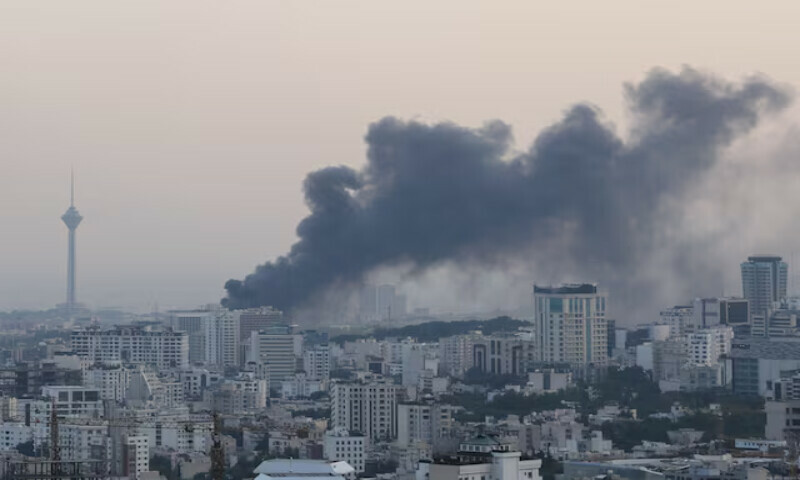



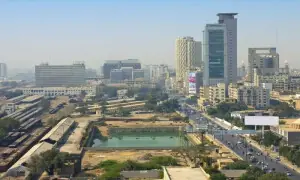


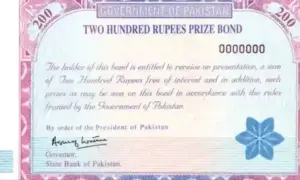



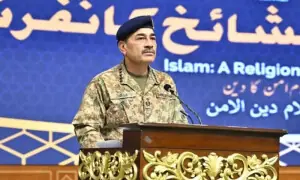
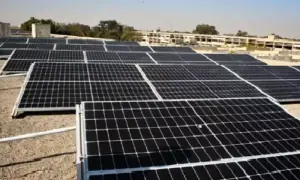

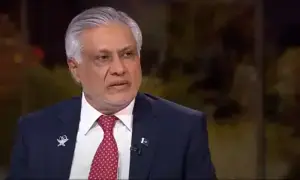




Comments are closed on this story.